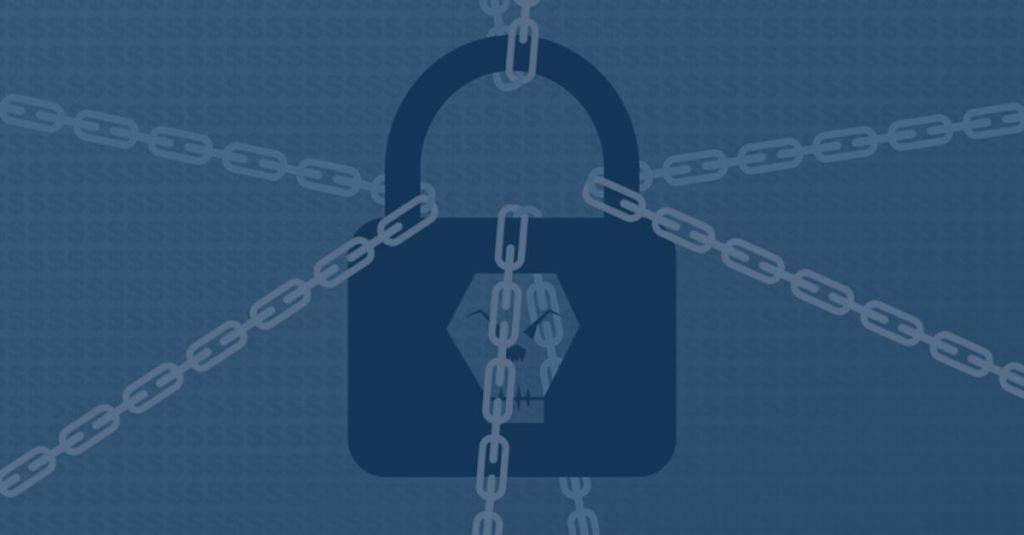Nynox Insight: What to do when Ransomware’d
Recently there’s been a lot of articles in the media about institutions that experienced ransomware attacks. But, what to do to minimize the impact if you were to fall victim to such an attack? Follow these instructions and tips:
What happens during a ransomware attack?





“Do NOT pay the ransom. There’s no guarantee they will follow their end of the bargain and you’re also fueling their next attacks.“
What can be done to prevent this from happening?





What needs to be done if you were to fall victim to a ransomware attack?






How does Nynox protect its customers?




against ransomware?
Learn more

Incident response (CSIRT)
Deal with and fix all cybersecurity threats and incidents you might encounter, so you can concentrate on your core business and SW@N (Sleep Well @ Night)

Security Monitoring
Our round-the-clock managed Security Operations Center (SOC), built on a central logging service, helps you defend against cyberthreats. The core of our Blue Team service.

Endpoint protection
Endpoint protection secures endpoints or entry-points against potential threats and breaches. An endpoint in an IT infrastructure is any device that is connected to the network.
